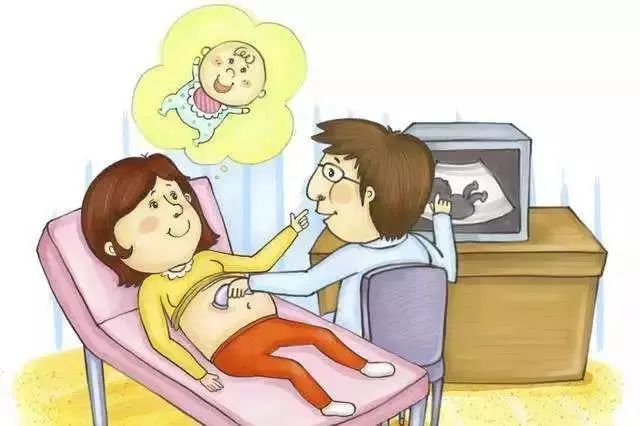It is common for newborns to vomit after burping, which is mainly related to the physiological characteristics of infants. The competence of an infant’s gastroesophageal sphincter is not yet mature, leading to the ease of fluid refluxing back into the esophagus after swallowing. Additionally, they may swallow a lot of air while sucking, which makes vomiting likely during burping or body movement. Burping itself is the result of involuntary contractions of the diaphragm, usually harmless, and tends to decrease as the infant grows. This often occurs after feeding, possibly due to eating too quickly, swallowing air while crying, or exposure of the abdomen to cold. Occasionally, burping may also be a sign of gastroesophageal reflux, but in most cases, it does not affect the infant’s health or sleep.
To alleviate vomiting, parents should help the infant burp after feeding to expel excess gas from the stomach. The correct approach is to hold the infant upright or keep their upper body in a tilted position for about 30 minutes, which aids in the natural expulsion of gas and reduces the occurrence of vomiting. If the infant vomits while lying down, their head should be immediately turned to one side to prevent the milk from entering the trachea, and the infant’s condition should be closely monitored after vomiting.
It is worth noting that in most cases, vomiting is a normal phenomenon in the infant growth process and does not have long-term effects on their health or development. The vomited milk may appear curdled due to mixing with stomach acid, which is also normal. However, if the infant vomits frequently, if the vomit is an unusual color (such as yellow-green or brown), or if it is accompanied by symptoms like fever or diarrhea, parents should take the infant to the doctor immediately to rule out potential health issues.


